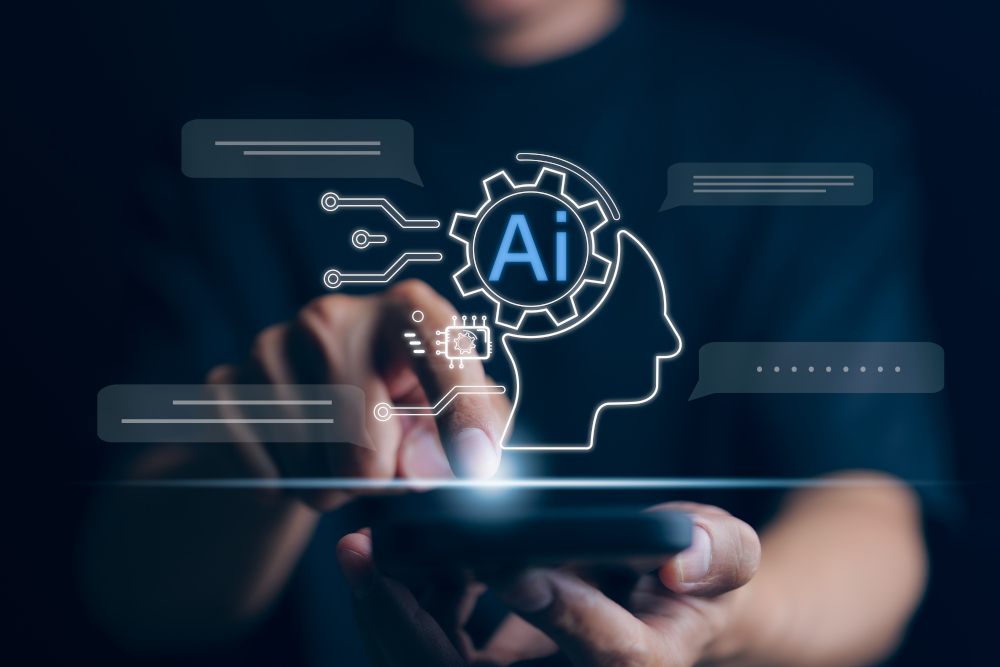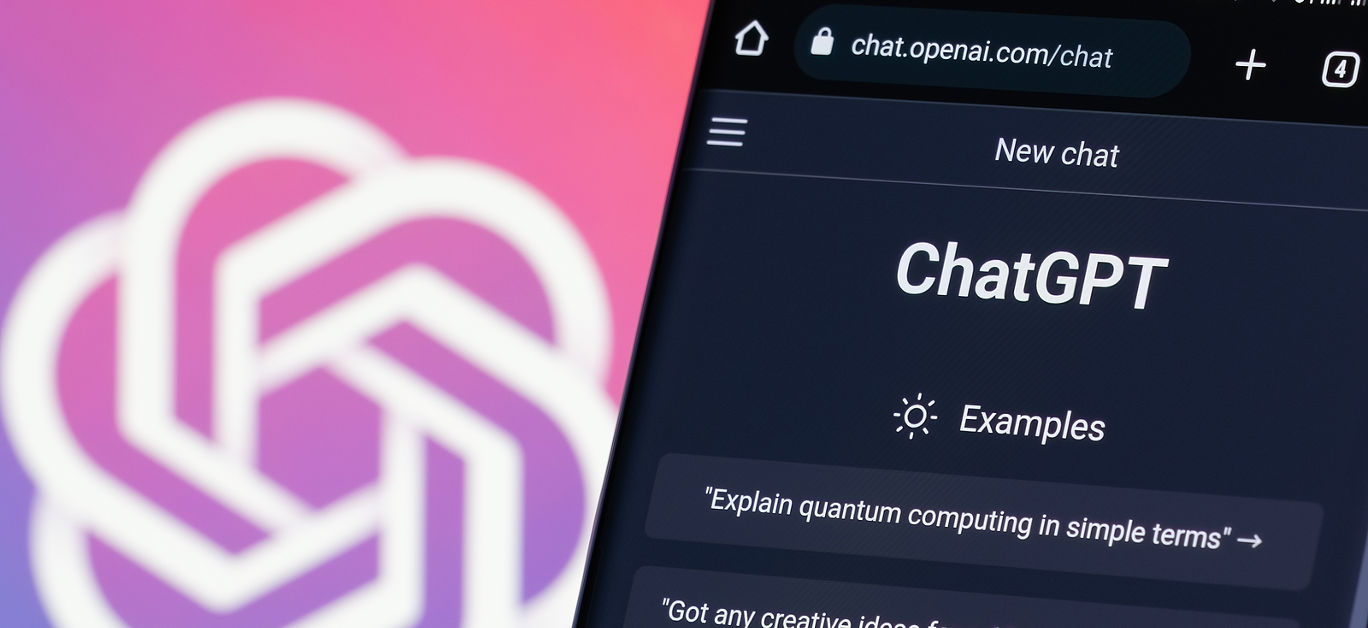The world of luxury has long been associated with exclusivity, impeccable craftsmanship and an unmatched level of service – but in the digital sphere, it has often been tough for brands to translate the traditional elements they are known and loved for into the online space. Recently, though, that has all changed, and thanks to the latest tech innovations and advancements, it has become easier than ever before for brands to continue reaching and engaging their target customers effectively online, as well as off.
Artificial intelligence – or AI – has changed the game entirely by allowing them to deliver a flawless experience via their online channels and keep customers coming back from more. Here, we take a look at the various ways it’s helping them adapt to the ever-changing demands of the modern luxury customer with effortless ease.
Personalised customer experiences

One of the most notable advantages the use of AI offers to luxury brands is the way in which it allows them to provide highly personalised customer experiences. Today’s discerning high-end customer is demanding more from the brands and businesses they shop with, and as they increasingly shift to making purchases online as opposed to in-store or face-to-face, delivering the same high-level experience digitally has been an ongoing challenge for brands. But thanks to AI-driven algorithms, which analyse huge swathes of data on customer behaviour to determine preferences and create individualised recommendations.
Such a level of personalisation ensures that customers feel valued, and by targeting marketing campaigns, as well as product and service recommendations, brands and businesses can give revenue a healthy boost.
Chatbots and virtual assistants

The number one rule in high-end and luxury stores and boutiques is to never leave a customer waiting, but delivering the same speedy service has always posed a challenge online. Chatbots are nothing new, but they have evolved significantly since the early days. Where once, they were little more than an added layer of frustration for customers looking to get a query or issue resolved, now, they are revolutionising customer service for high-end brands by offering 24/7 support that actually gets the job done. The modern virtual assistant is becoming increasingly intelligent, meaning it is now far better equipped to provide information and answer questions, ultimately helping luxury brands to retain their impeccable reputation for unmatched customer service, even at the busiest times of year.
Predictive analytics

Predictive analytics powered by AI is also being used more and more by luxury brands. These tools are able to forecast demand and inventory requirements with impressive accuracy, helping to reduce overstocking and minimising the chances of going out of stock on a product that is in high demand and losing sales revenue as a result.
Predictive analytics systems work by analysing past sales data but also drawing on information about upcoming seasonal changes, current trends and global influential events, as well as the current and future state of the economy, allowing brands to make better informed decisions and more effectively cater to their customers’ needs to ensure satisfaction remains high.
Text-to-speech converters

Another way brands are becoming more efficient in delivering a superior experience to customers is with the use of text-to-speech converters, which have changed the game in more ways than one.
Creating content that resonates with all types of people has always been a tricky task, particularly where language is an issue – and with people now demanding information in faster and more digestible formats, the complexities of this have only deepened. CapCut’s text to speech generator, like others of its kind, allows users to set language and voice gender to communicate written text more effectively to customers, as well as adding a range of other special effects, which has made it easier than ever to reach new audiences across the globe without being an expert in everything from French to Japanese. But it’s not just the language issue such tech is helping to resolve; it’s also becoming a valuable tool for turning vast amounts of information into quick videos that can be watched and understood, by providing the perfect voiceover to tell brand stories, communicate ethoses and share new products and services in a more appealing way.






















